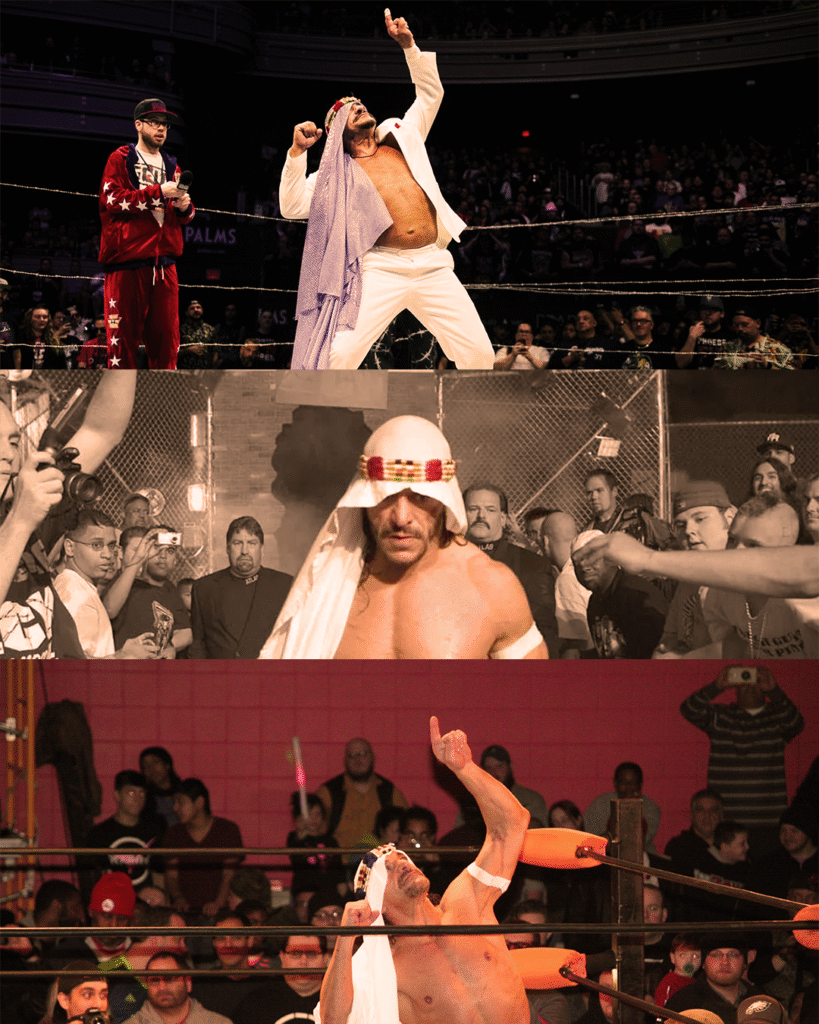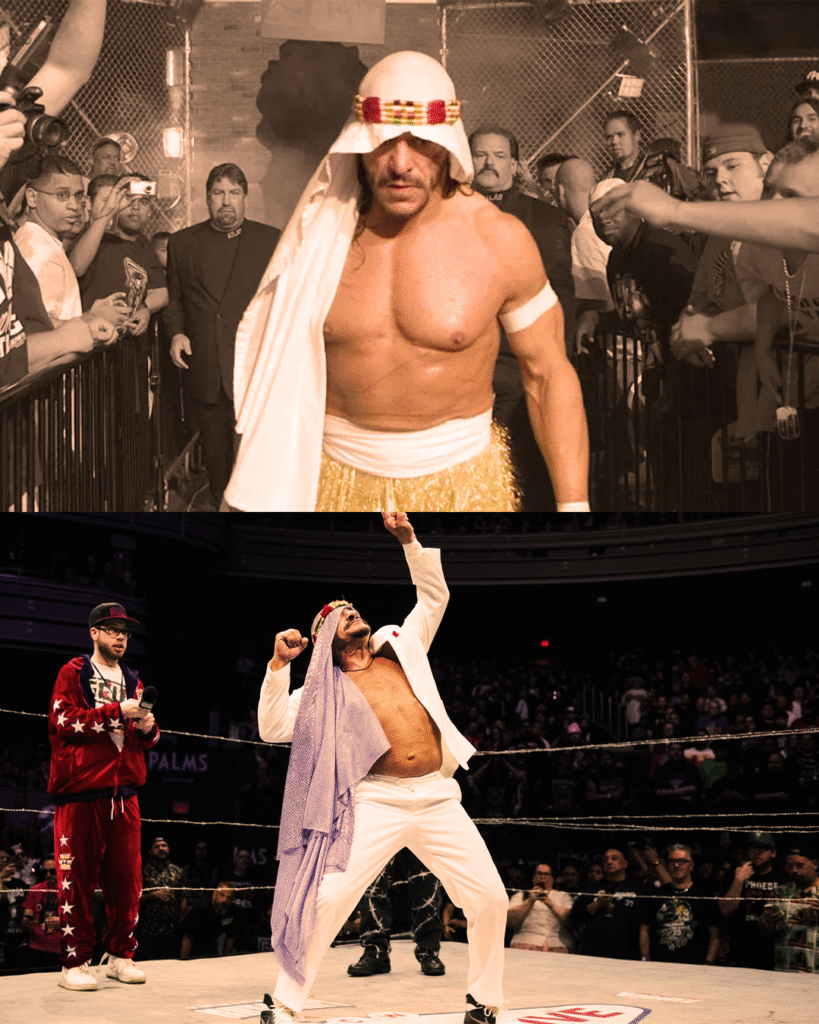The wrestling community is in mourning over the passing of one of its most fierce and significant figures. Less than a month after his last in-ring performance, Terry Michael Brunk, best known by his ring name Sabu, unexpectedly died at the age of 60. Sabu is well-known for his daring style and unwavering passion.
His contributions to professional wrestling, especially in the hardcore subgenre, have had a lasting impact on the world of wrestling.
Early Life and Wrestling Genesis
Sabu, who was born in New York on December 12, 1964, was surrounded by wrestling from a young age. His uncle, the renowned Ed Farhat, a hardcore wrestling pioneer known as The Sheik, trained him. Sabu made his debut in 1985 as “Sabu the Elephant Boy” in Big Time Wrestling, under the guidance of his uncle.

He laid the groundwork for his future as a trailblazer in extreme wrestling throughout his early career by establishing a distinctive style that blended technical skill with a taste for high-flying and hardcore elements.
Rise to Prominence in ECW
With Extreme Championship Wrestling (ECW) in the 1990s, Sabu’s career took off, and he came to represent the extreme culture of the company. Known as the “Suicidal, Homicidal, Genocidal, Death-Defying Maniac,” Sabu enthralled spectators with his daring in-ring technique, which frequently involved barbed wire, tables, ladders, and chairs. Few people could match his unrelenting pace and willingness to take physical abuse during matches.
Sabu had great success in ECW, winning the World Tag Team Championship three times, the ECW World Heavyweight Championship twice, and the World Television Championship once. The history of wrestling is marked by his iconic fights, which include a vicious barbed wire duel against Terry Funk in 1997.
Global Impact and WWE Tenure
Outside of ECW, Sabu competed in promotions like Total Nonstop Action Wrestling (TNA), AAA in Mexico, and New Japan Pro-Wrestling, showcasing his skills on a global scale. His status as a hardcore icon was further cemented by his foreign appearances.
When WWE revived the ECW brand in 2006, Sabu joined the wrestling company. Among his notable matches was a victory at WrestleMania 23 with an eight-man tag team. Even though his time in the WWE was short, it opened a new chapter in his legendary career and brought his distinct style to a wider audience.
Final Match and Retirement
On April 18, 2025, during WrestleMania weekend in Las Vegas, Sabu made a comeback to the ring for a final match, despite declaring his retirement in 2021 due to medical concerns. At a Game Changer Wrestling (GCW) event, Sabu faced Joey Janela and prevailed, ending his career with a performance that perfectly captured his lifelong love of wrestling. Shortly after, he made his final public appearance at the Tri-State Wrestling Alliance reunion event convention.
Tributes and Legacy
Fans and other wrestlers sent out their condolences after learning about Sabu’s passing. “From barbed wire battles to unforgettable high-risk moments, Sabu gave everything to professional wrestling,” read a touching letter from All Elite Wrestling (AEW) in his honor. Our thoughts are with his family, his friends, and his fans.”
In a tribute to Sabu, longtime friend and tag team partner Rob Van Dam posted an emoji of an index finger pointing upward, a nod to the iconic pose.
Taz, another ECW alumnus, expressed deep sorrow, stating, “I would not have had the career that I have had, and I’ve been blessed to have, if it … .”
WWE also acknowledged his passing, describing Sabu as “a pioneer of hardcore … ,” and highlighting his significant contributions to the sport.

Enduring Influence
There is no way to quantify Sabu’s impact on professional wrestling. He introduced a degree of energy and inventiveness that inspired several wrestlers, redefining the parameters of in-ring performance. Fans all throughout the world were moved by his dedication to his trade, which was demonstrated by the fact that he frequently performed despite ailments and pushed his body to its limits.
As the wrestling community considers his legacy, a new generation of performers is motivated by Sabu’s accomplishments to uphold his creative and courageous spirit.
Conclusion
An era in professional wrestling comes to an end with Sabu’s demise. His unwavering dedication, innovative matches, and gutsy approach have produced an enduring legacy. For years to come, Sabu’s impact will be felt in the squared circle as his admirers and colleagues commemorate his life.
Peace be with you, Sabu. Wrestling fans around will always carry your legacy close to their hearts.